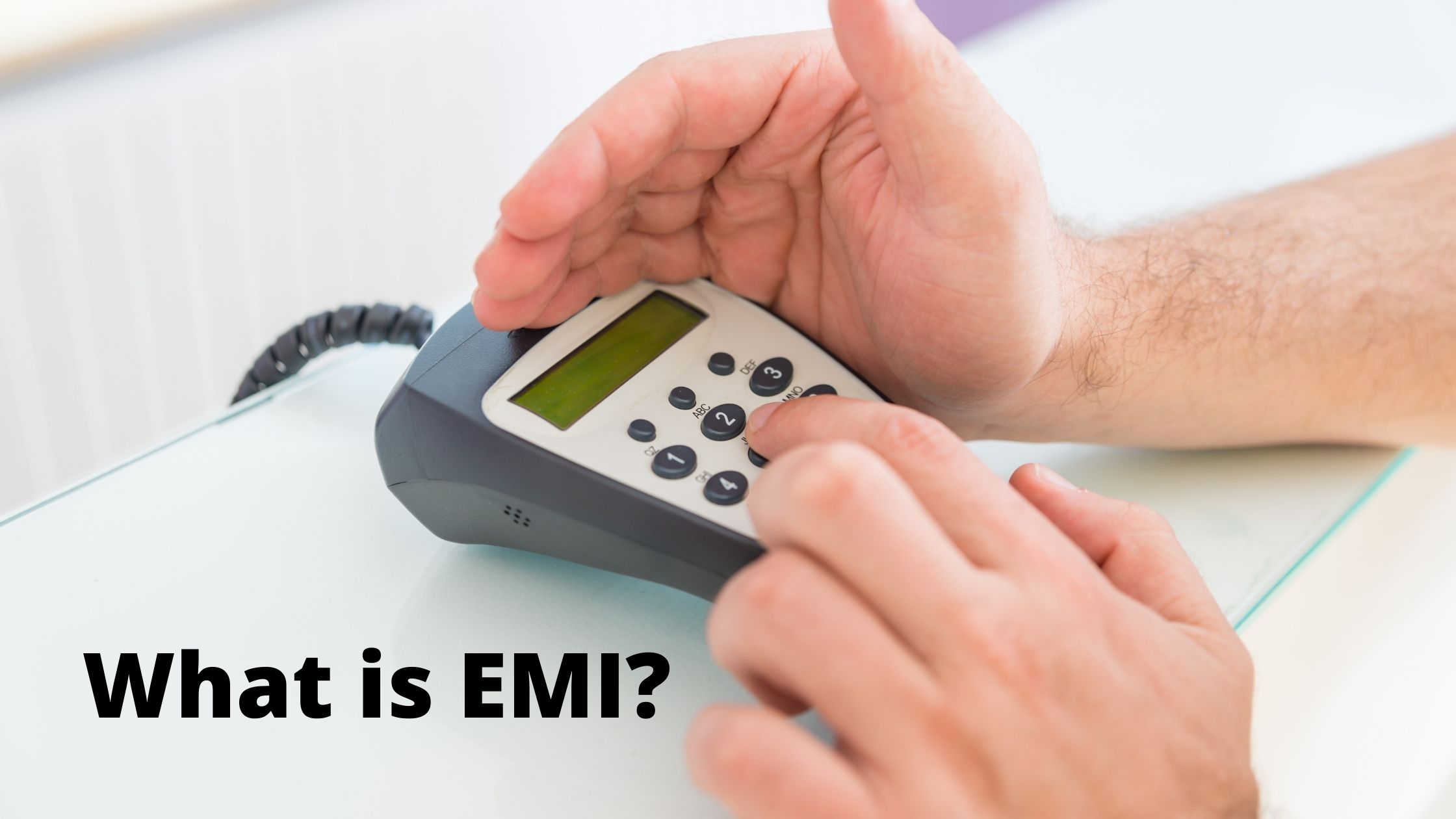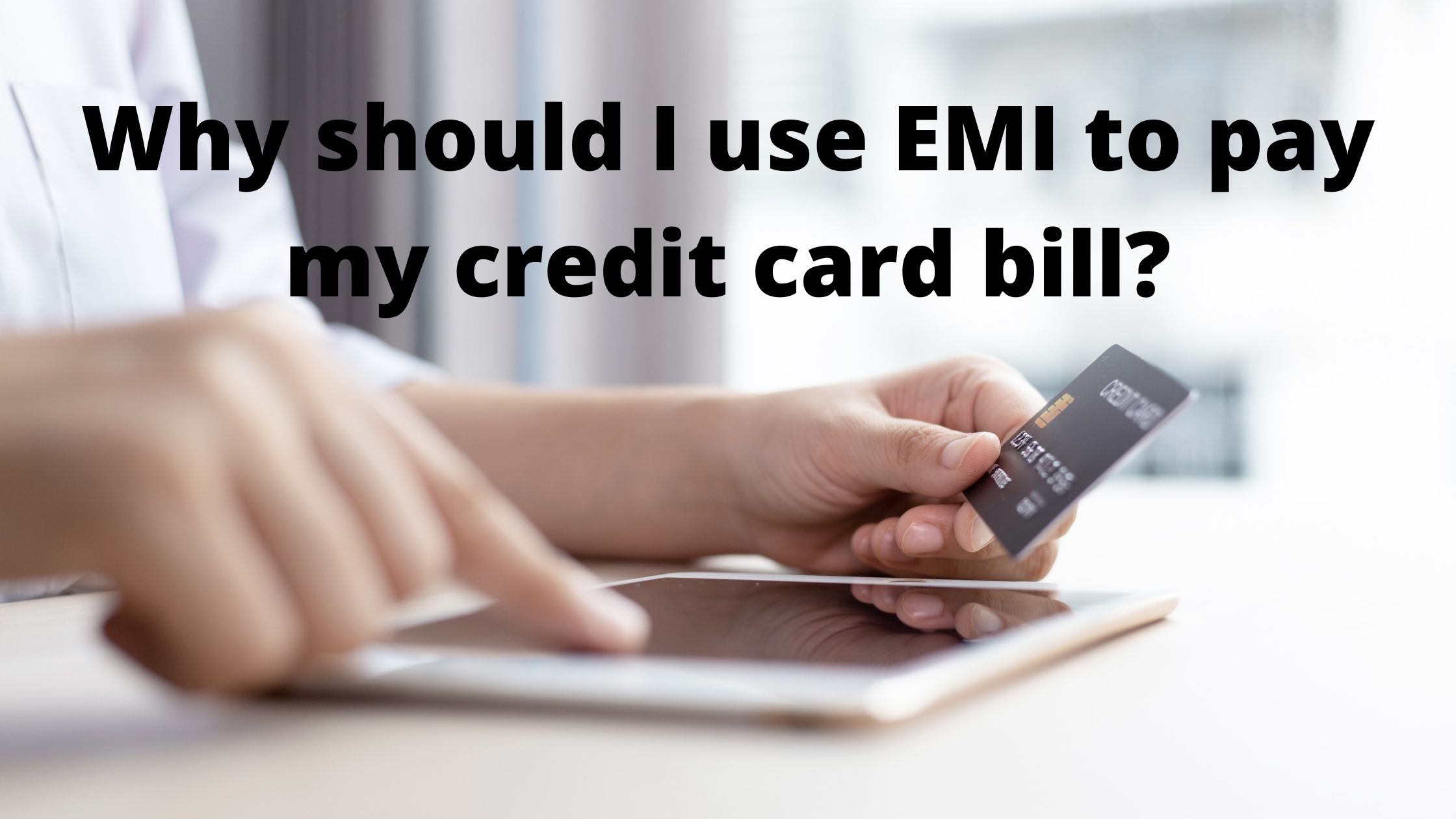It’s that time of year again – you’re budgeting for the holiday season and you start seeing offers for credit cards with EMIs. But what does that actually mean? In this article, we’ll take a look at how EMIs work, and what happens when you decide to use them to pay your credit card bill.
What is EMI?
EMI stands for Electronic Money Institution. When you pay your credit card bill via EMI, this means that the payment is transferred electronically to the credit card company and the corresponding funds are transferred from your bank account to the credit card company’s. This payment method is a convenient way of paying your bill, as it avoids waiting for the money to come through your bank account. However, there are some important things that you should know about EMI payments.
First of all, EMI payments are usually processed within 24 to 48 hours. This means that you will usually receive your credit card statement within a few days after making the payment. However, there may be times when the payment is not processed immediately and this may lead to a delay in receiving your statement. Additionally, if you have any outstanding debts or bills with the same creditor, EMI payments will generally be processed first and any other outstanding debts or bills will be paid after the EMI payment has been processed.
Finally, it is important to remember that if you do not have enough money in your bank account to cover the entire amount of your EMI payment, then part of the payment will be withheld by your bank and this will be reflected
How does EMI work?
EMI is a term that stands for electronic money transfer. It is a process where you transfer money electronically from one account to another. This is done through a network of banks and other financial institutions.
There are two types of EMI: instant EMI and deferred EMI. Instant EMI is when the credit card company transfers the money to your bank account immediately. This is the fastest way to receive the money. Deferred EMI, on the other hand, takes a few days to transfer the money to your bank account. This type of EMI is usually more expensive, but it allows you to have more control over when you receive your money.
When you use instant EMI, the credit card company charges a fee to transfer the money. This fee can be anywhere from 3% to 5%. With deferred EMI, there is no fee associated with this process. However, there may be fees associated with other activities that are conducted with your credit card, such as shopping online or making purchases in physical stores.
If you choose to use deferred EMI, make sure that you are aware of these fees so that you don’t end up getting charged more than necessary. Also, be sure to keep track of
Why should I use EMI to pay my credit card bill?
If you have a credit card, there’s a good chance you’re using EMI to pay your bill. Here’s why: by paying your credit card via EMI, you can get your payments done quickly and without having to worry about late fees. Plus, you can avoid those pesky interest rates that can really add up over time. So why not give it a try? You may be surprised at how convenient and affordable EMI payment processing is.
What are the possible risks involved when paying my credit card via EMI?
One of the risks when paying your credit card via EMI is that if there is any problem with the credit card payment, then you may not be able to get your money back. This can be because the credit card company may not have received the payment, or they may have decided that the debt is too high and refused to give you your money back.
How can I protect myself from potential fraud and scams when paying my credit card via EMI?
When you pay your credit card via EMI, you’re putting yourself at a higher risk for fraud and scams. Here are some tips to help protect yourself:
– always use a trusted source for your EMI payments – don’t use unauthorized third-party services like those offered by pre-paid debit cards or online payment gateways;
– verify the payment before you make it – do a quick online search to see if the company has been reported for any fraud or scam activity in the past;
– keep track of your credit card numbers and PINs – if something goes wrong with your EMI payment, be prepared to provide your credit card information and PIN to the company as proof of payment;
– monitor your account statements carefully – if there are any unusual charges on your account, contact your credit card company immediately.
Conclusion
If you’re thinking about paying your credit card via EMI, it’s important to understand the process and what will happen while your payment is being processed. By understanding the steps involved, you can ensure that everything goes smoothly and that you don’t end up owing any money on your credit card account in the meantime.

